New study shows that as climate change impacts extreme river flows, it could be worsening flooding or increasing water scarcity during dry seasons
Tag: global warming
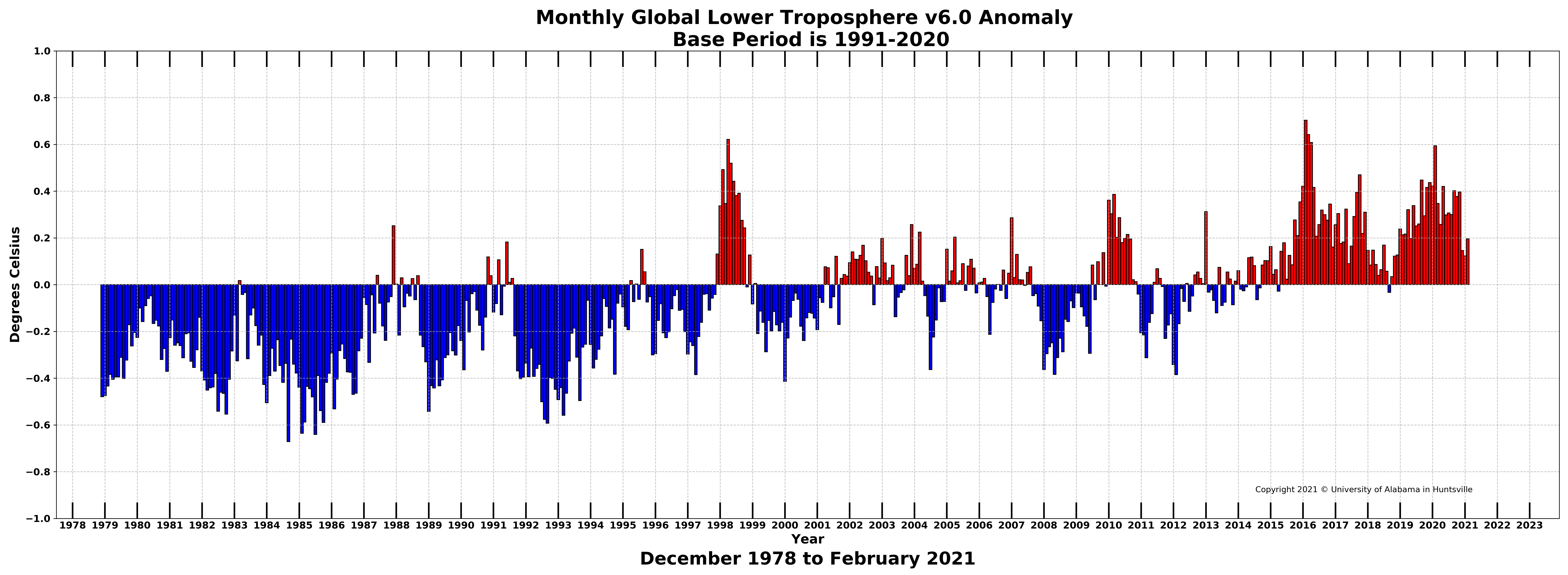
Global climate trend since Dec. 1 1978: +0.14 C per decade
Global Temperature Report: February 2021
(New Reference Base, 1991-2020)
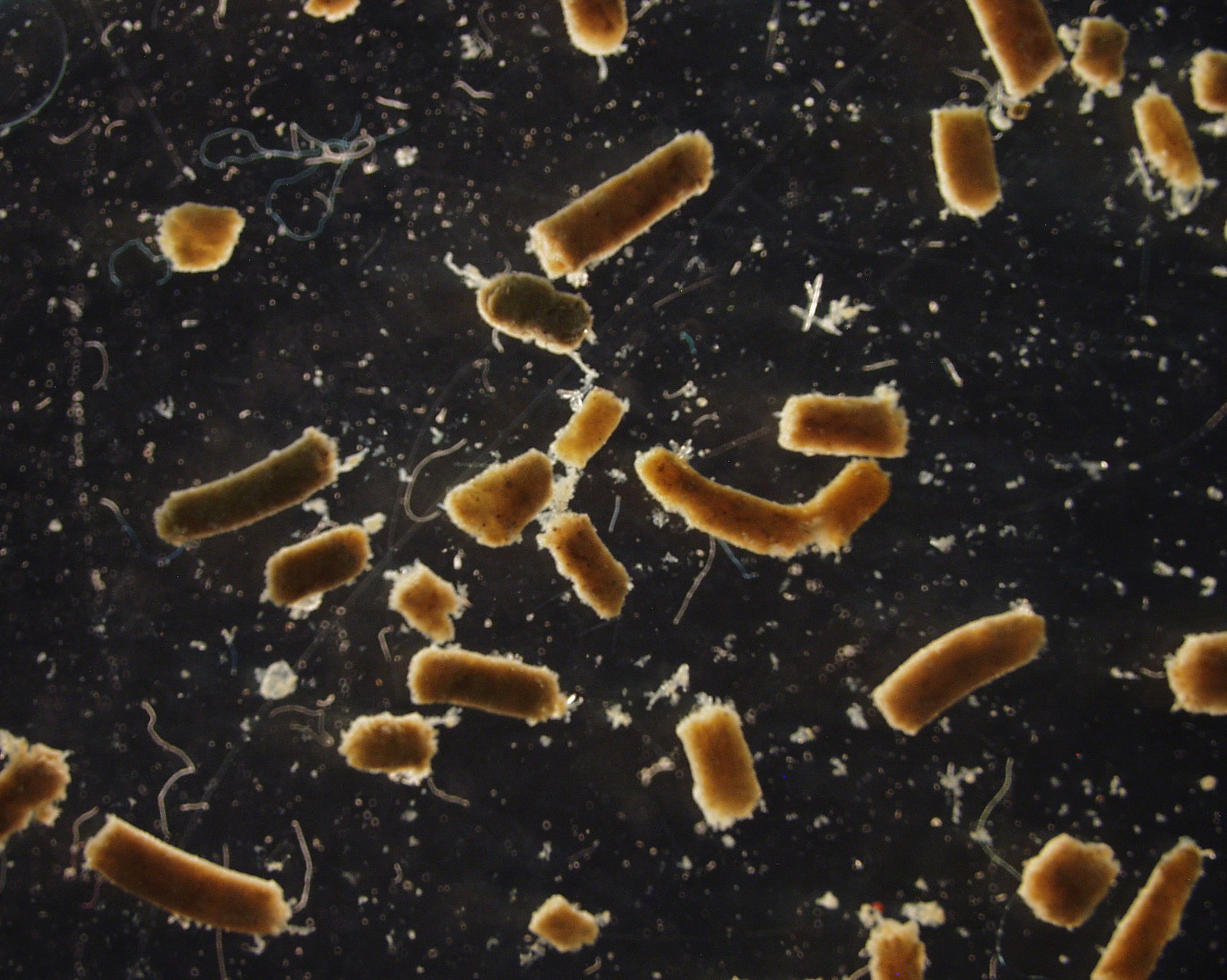
Fishes Contribute Roughly 1.65 Billion Tons of Carbon in Feces and Other Matter Annually
Scientists have little understanding of the role fishes play in the global carbon cycle linked to climate change, but a Rutgers-led study found that carbon in feces, respiration and other excretions from fishes – roughly 1.65 billion tons annually – make up about 16 percent of the total carbon that sinks below the ocean’s upper layers.
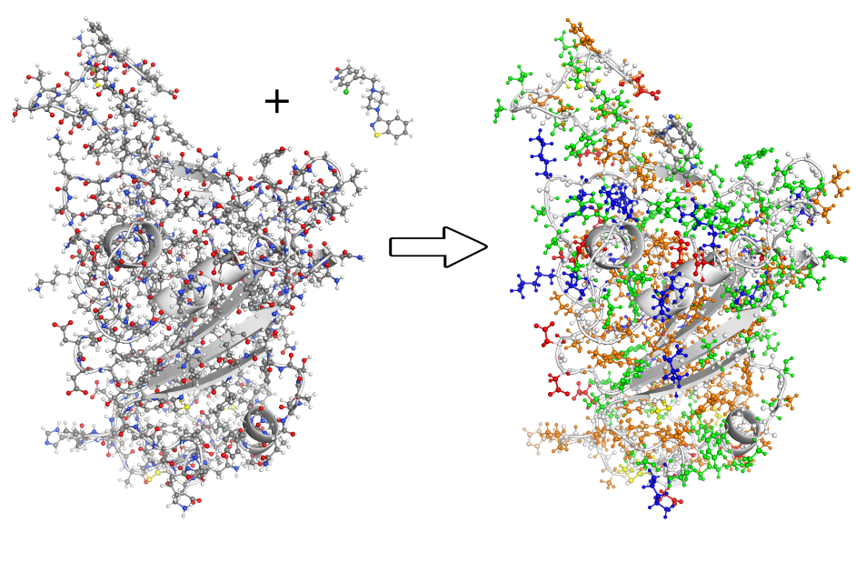
Story tips: Modeling COVID, permafrost lost and taking the heat
ORNL story tips: Modeling COVID, permafrost lost and taking the heat
Limiting warming to 2 C requires emissions reductions 80% above Paris Agreement targets
Even if all countries meet their Paris Agreement goals for reducing emissions, Earth has only a 5% chance of staying below 2 C warming this century, a 2017 study showed. But reductions about 80% more ambitious, or an average of 1.8% drop in emissions per year rather than 1% per year, would be enough to meet the agreement’s stated goal, analysis shows.
Uncovering how some corals resist bleaching
Climate change is bleaching and killing corals, but researchers from Michigan State University and the University of Hawaii are investigating how some can stand up to a warming world.
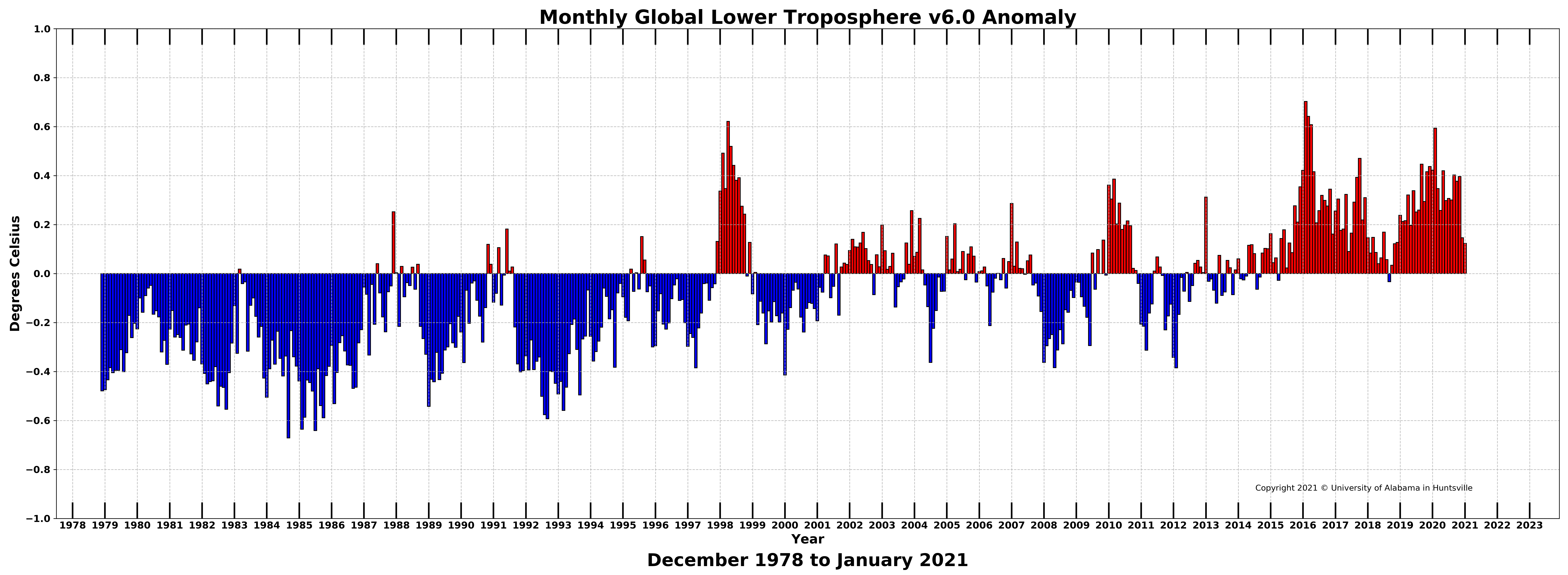
Global climate trend since Dec. 1 1978: +0.14 C per decade
Global Temperature Report: January 2021
with New Reference Base, 1991-2020
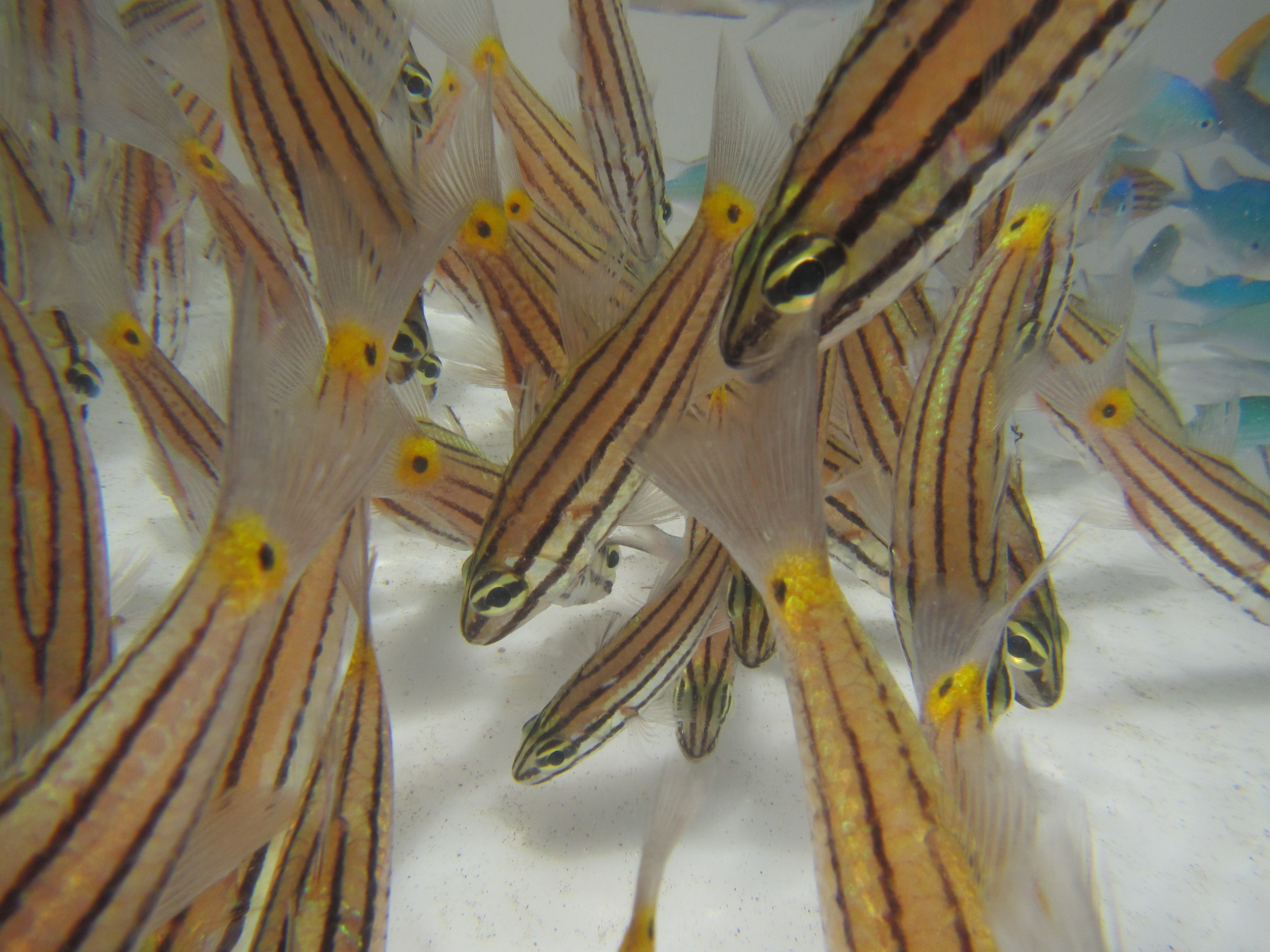
NSU Research Scientist Part of Team Studying Impact of Rising Sea Temperatures on Marine Life
Global warming. Climate change. Coral bleaching. These are a few issues that are negatively impacting our marine world. And now you can add underwater heatwaves to the list – something an NSU Researcher is studying.
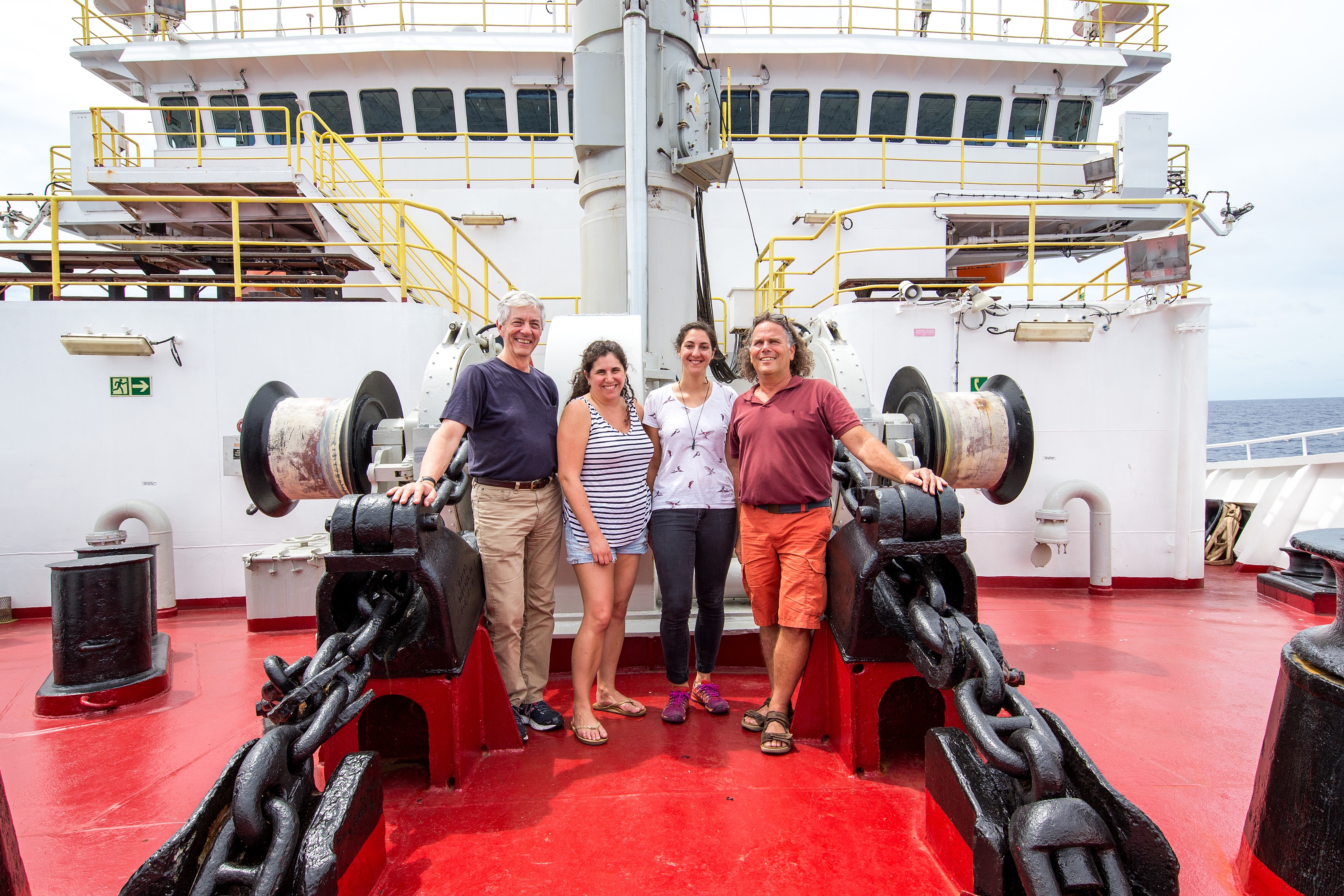
Important Climate Change Mystery Solved by Scientists
Scientists have resolved a key climate change mystery, showing that the annual global temperature today is the warmest of the past 10,000 years – contrary to recent research, according to a Rutgers-led study in the journal Nature. The long-standing mystery is called the “Holocene temperature conundrum,” with some skeptics contending that climate model predictions of future warming must be wrong. The scientists say their findings will challenge long-held views on the temperature history in the Holocene era, which began about 12,000 years ago.
WashU Experts: The first 100 Biden/Harris days
Obamacare will get retooled, not repealed. A national mask mandate will boost consumer spending, research shows (though don’t expect much from homeowners, they’re strapped). The $300 billion for R&D should go to D, not R. So forecasts an array of WashU experts.
Rutgers Experts Available to Discuss U.S. Rejoining Paris Climate Agreement
New Brunswick, N.J. (Jan. 20, 2021) – Rutgers University–New Brunswick professors Pamela McElwee and Robert E. Kopp are available for interviews on the announcement that President Biden’s administration will rejoin the Paris climate agreement. In 2017, President Trump announced that the United States would withdraw…
NASA study on global warming very concerning, Tulane scientist says
Torbjörn Törnqvist, the Vokes Geology Professor at Tulane University, says a NASA study showing 2020 the hottest year on record globally is especially concerning, given it occurred in a La Niña year. “A La Niña year tends to be cooler…
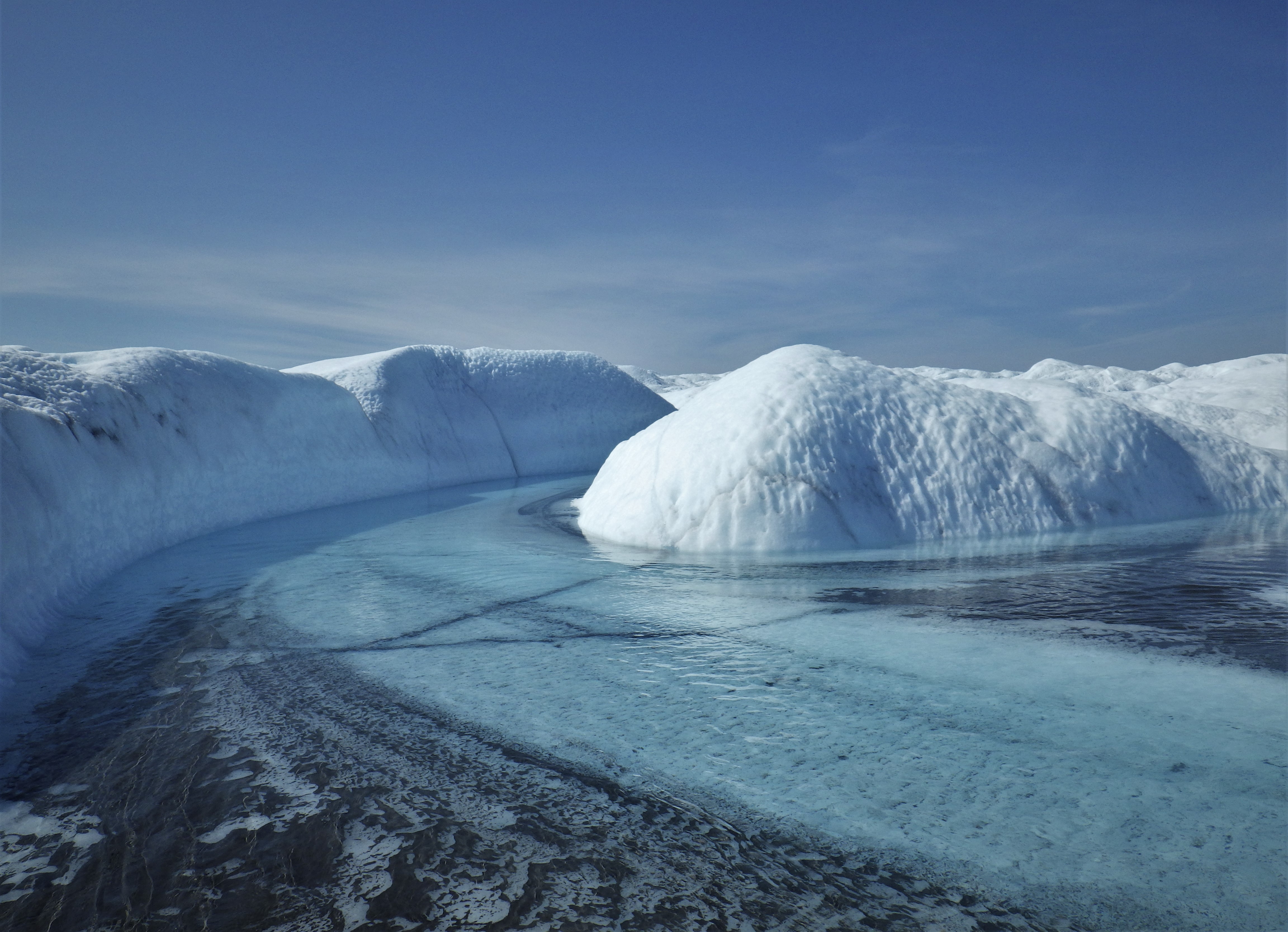
Greenland Melting Likely Increased by Bacteria in Sediment
Bacteria are likely triggering greater melting on the Greenland ice sheet, possibly increasing the island’s contribution to sea-level rise, according to Rutgers scientists. That’s because the microbes cause sunlight-absorbing sediment to clump together and accumulate in the meltwater streams, according to a Rutgers-led study – the first of its kind – in the journal Geophysical Research Letters. The findings can be incorporated in climate models, leading to more accurate predictions of melting, scientists say.
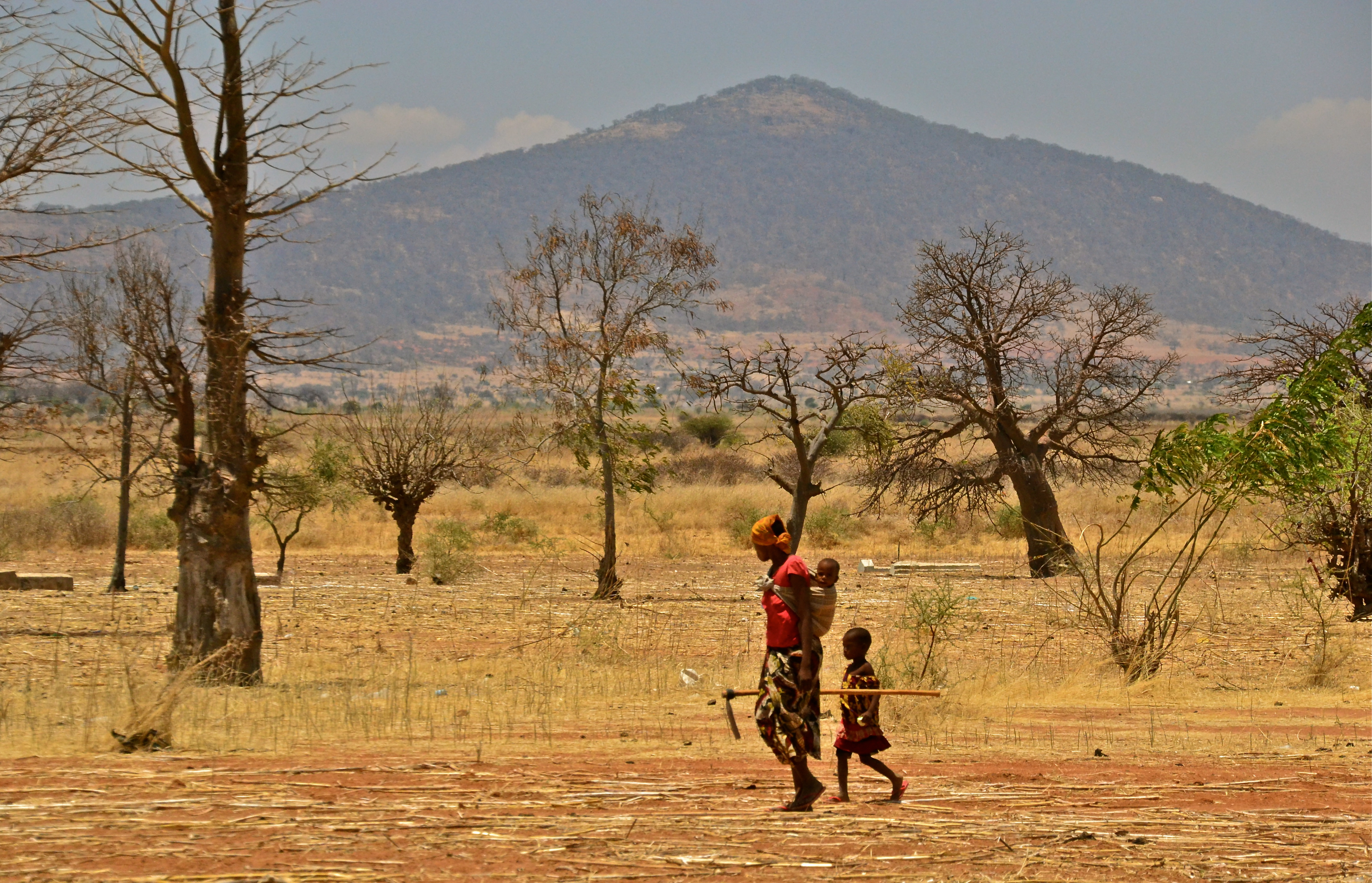
Climate Change is Hurting Children’s Diets, Global Study Finds
A first-of-its-kind, international study of 107,000 children finds that higher temperatures are an equal or even greater contributor to child malnutrition than the traditional culprits of poverty, inadequate sanitation, and poor education.
The 19-nation study is the largest investigation to date of the relationship between our changing climate and children’s diet diversity.
Of the six regions examined–in Asia, Africa, and Central and South America–five had significant reductions in diet diversity associated with higher temperatures.
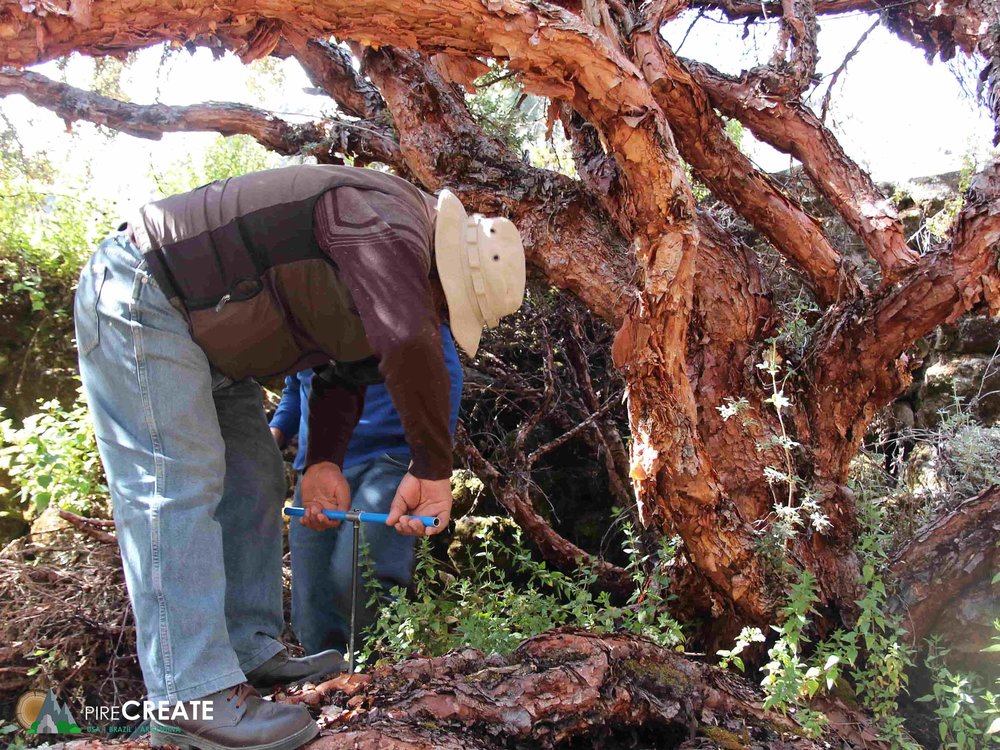
UAlbany Researchers Launch New Tool to Visualize Global Climate Change
The three-part tool offers an interactive way to view up to two millennium’s worth of paleoclimate data around the globe.
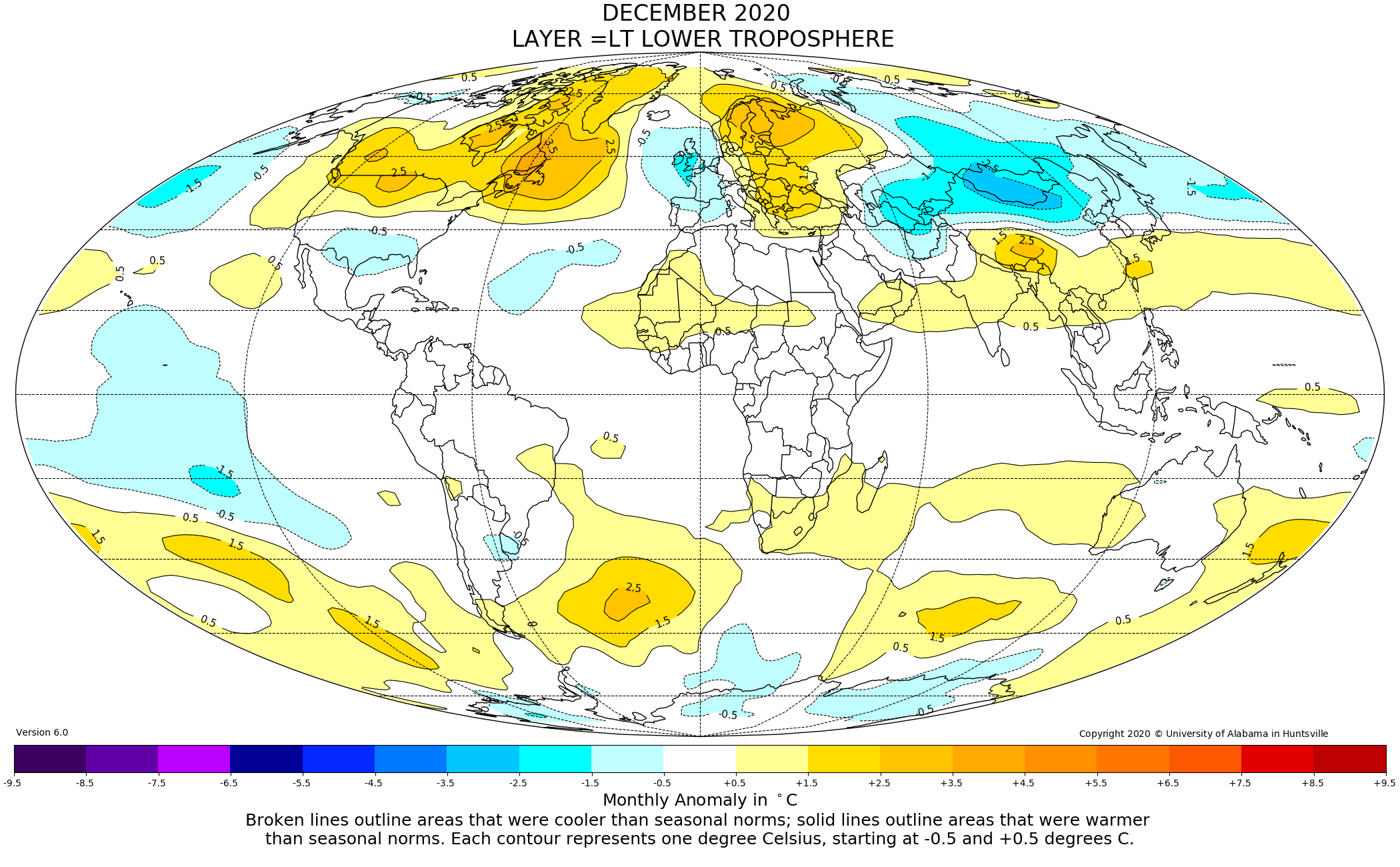
Global climate trend since Dec. 1 1978: +0.14 C per decade
Global Temperature Report: December 2020
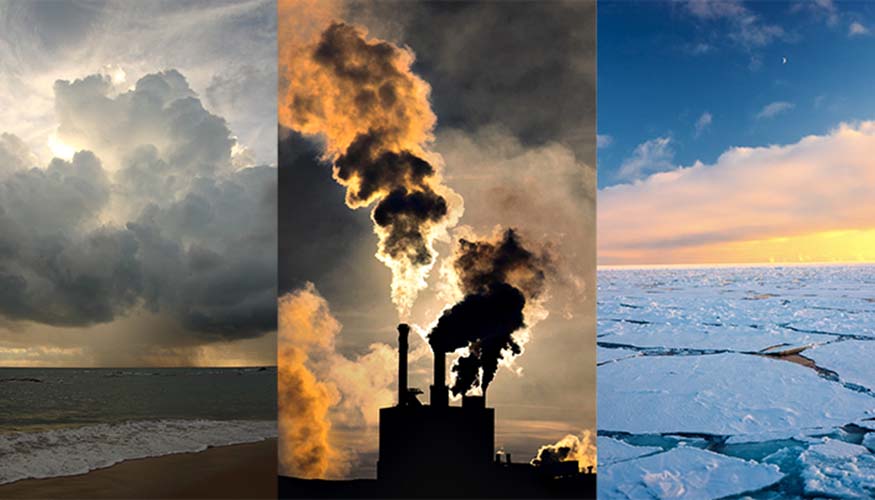
Paying for emissions we’ve already released
The planet is committed to global warming in excess of 2 degrees Celsius (3.6°F) just from greenhouse gases that have already been added to the atmosphere. This is the conclusion of new research by scientists from Nanjing University, Lawrence Livermore National Laboratory (LLNL) and Texas A&M University, which appears in the latest edition of Nature Climate Change.
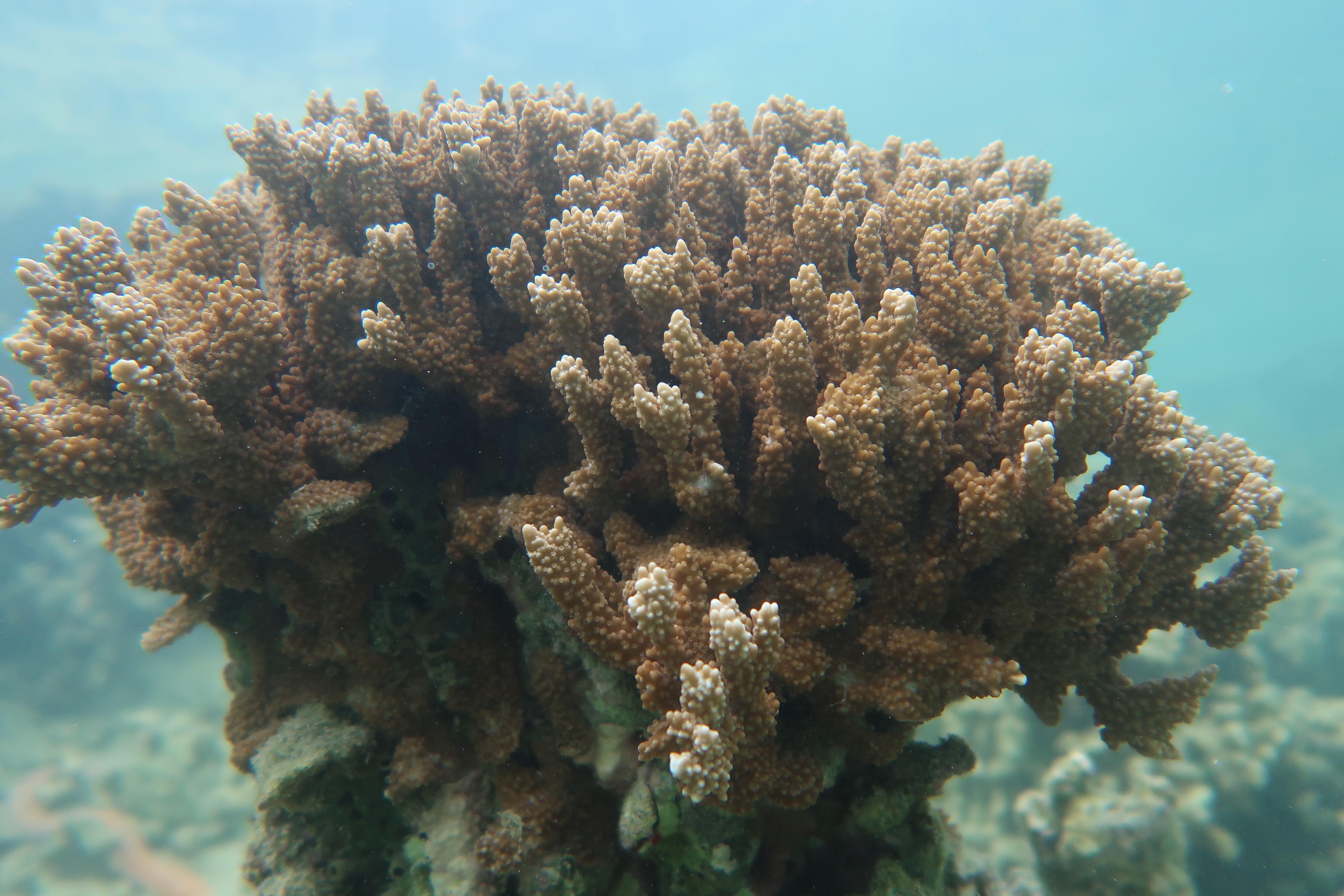
How to Identify Heat-Stressed Corals
Researchers have found a novel way to identify heat-stressed corals, which could help scientists pinpoint the coral species that need protection from warming ocean waters linked to climate change, according to a Rutgers-led study.
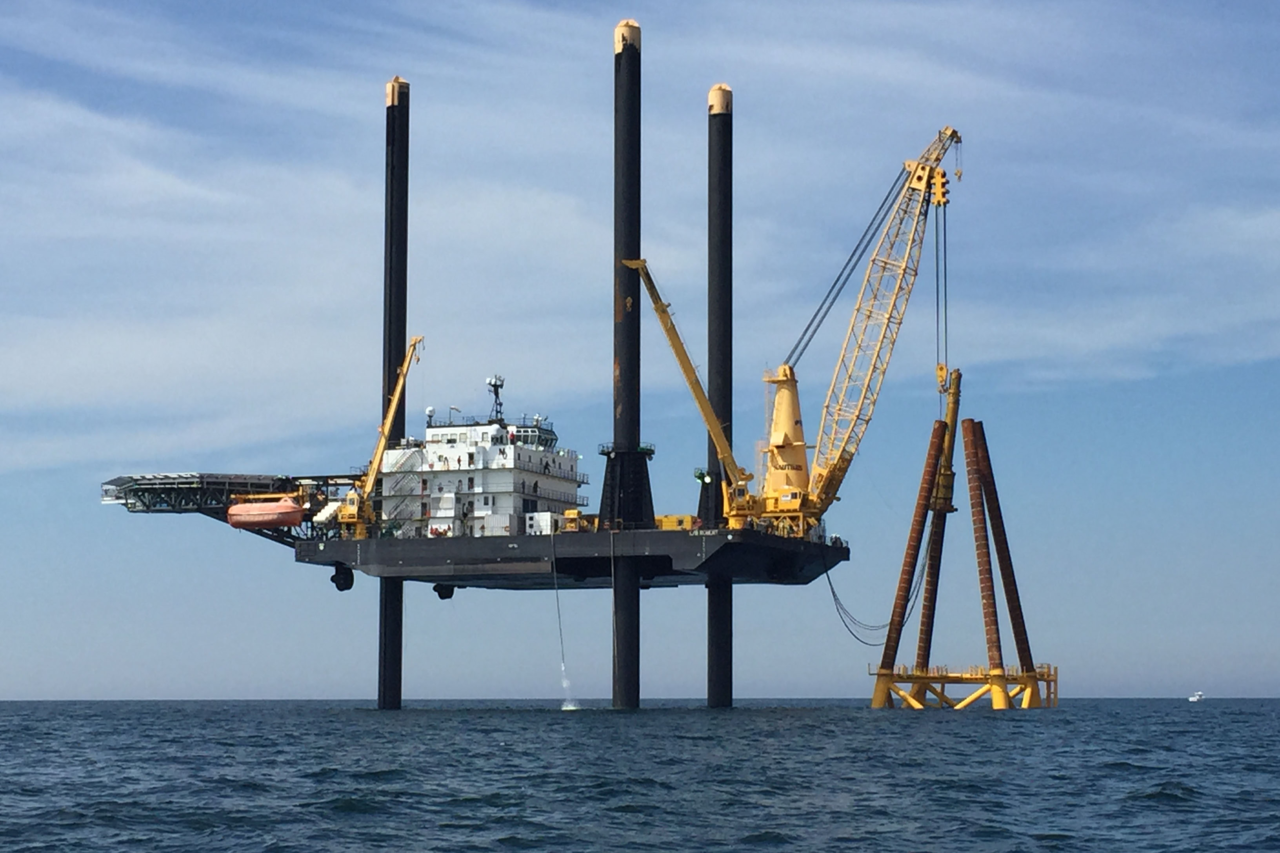
Planning Ahead Protects Fish and Fisheries
Conservation of fish and other marine life migrating from warming ocean waters will be more effective and also protect commercial fisheries if plans are made now to cope with climate change, according to a Rutgers-led study in the journal Science Advances.
Rutgers Expert Can Discuss November and 2020 Warmth, Top Snowfall Seasons in N.J.
New Brunswick, N.J. (Dec. 9, 2020) – Rutgers University–New Brunswick climatologist David A. Robinson is available for interviews on the extreme warmth in New Jersey in November and 2020 to date, as well as the 10 snowiest and 10 least snowy seasons since…
Assessing the impacts of global climate change on population trends
The European Research Council (ERC) will fund groundbreaking research led by IIASA World Population Program Deputy Director Raya Muttarak, which will comprehensively address the impacts of climate change on population dynamics.
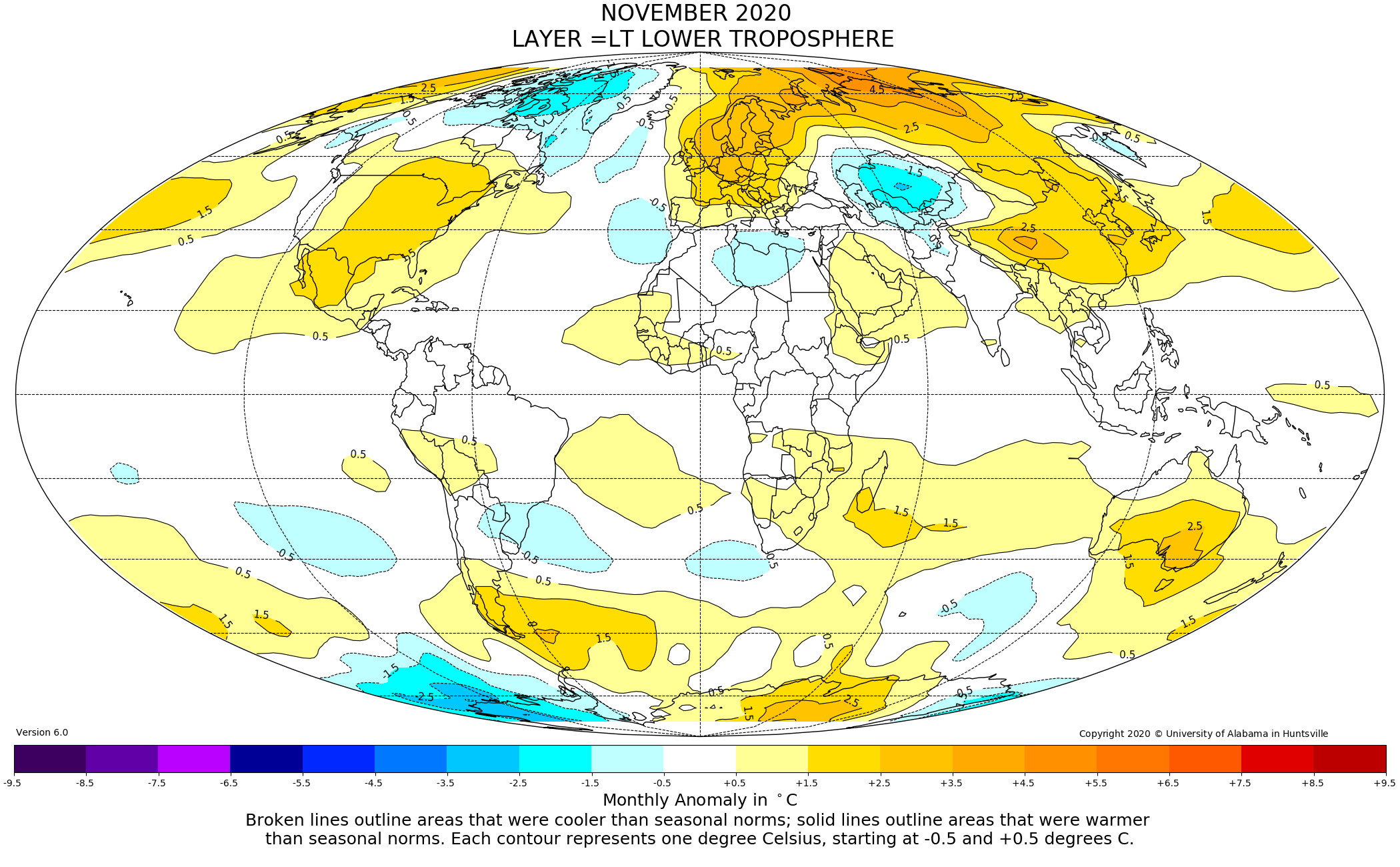
Global climate trend since Dec. 1 1978: +0.14 °C (+0.25 °F) per decade
Global Temperature Report: November 2020
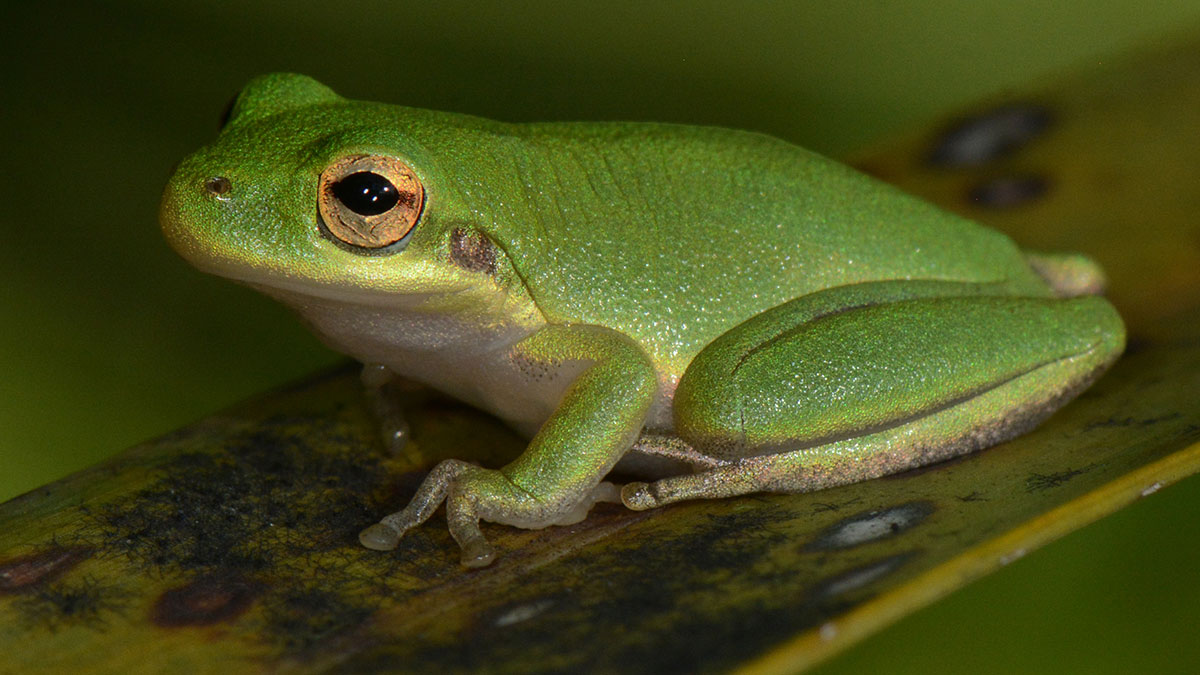
Global warming likely to increase disease risk for animals worldwide
Changes in climate can increase infectious disease risk in animals, researchers found — with the possibility that these diseases could spread to humans, they warn.

Global climate trend since Dec. 1 1978: +0.14 °C (+0.25 °F) per decade
Global Temperature Report: October 2020
Rutgers Experts Available to Discuss Paris Climate Agreement Following 2020 Election
New Brunswick, N.J. (Nov. 4, 2020) – Rutgers University–New Brunswick professors Robert E. Kopp and Pamela McElwee are available for interviews on the Paris climate agreement following the 2020 election. In 2017, President Trump announced that the United States will withdraw from the agreement, and…
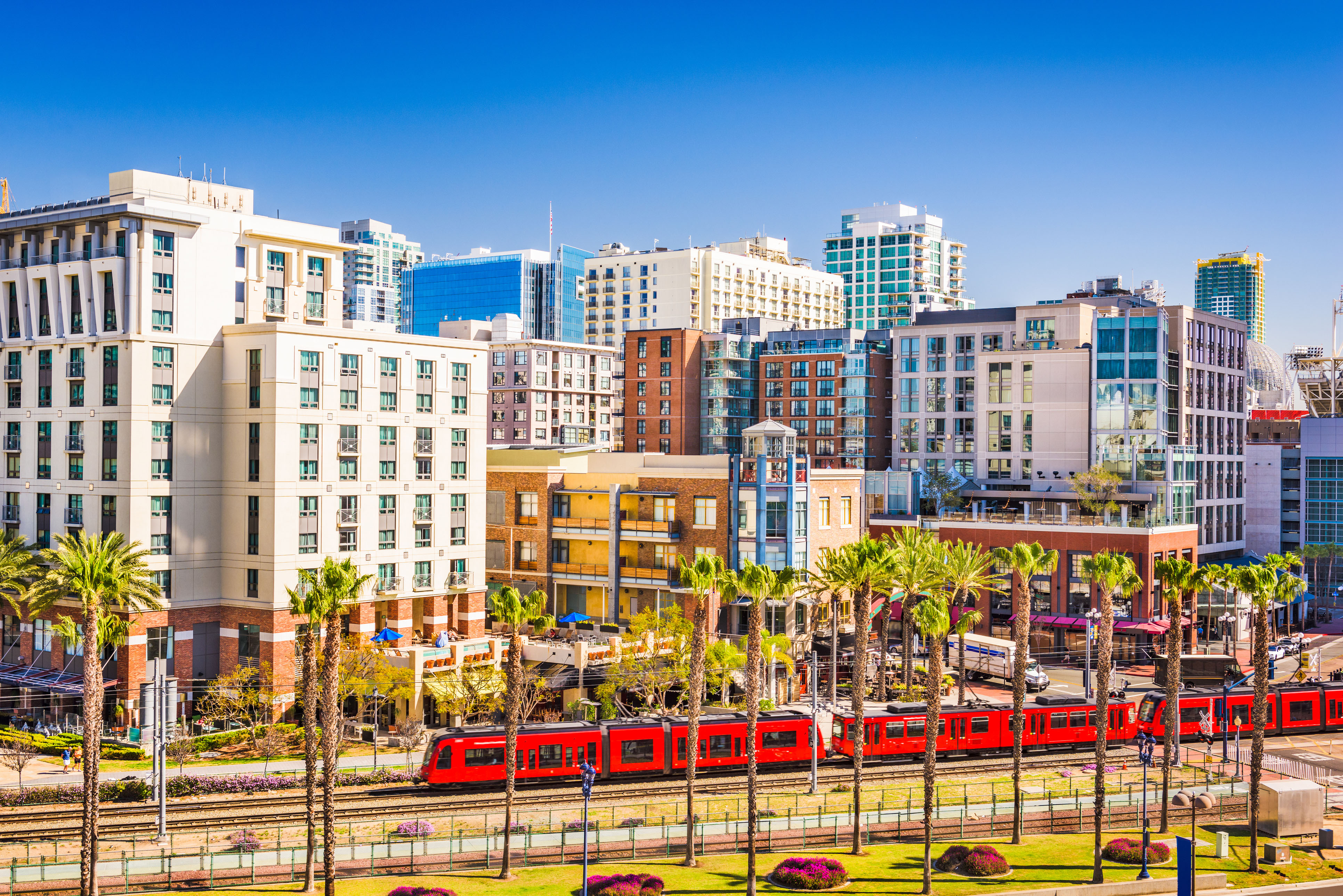
California Cities Top List of New Report Ranking U.S. Climate Action Plans
A new report evaluating the efficacy of climate action plans and commitments of the 100 largest U.S. cities finds the leadership of these municipalities stands as an important counter to the federal government’s rollback of climate policies and departure from the Paris Agreement. Yet, despite genuine achievements by some, roughly two-thirds of cities are currently lagging in their targeted emissions levels, and, on average, all cities in the report need to cut their annual emissions by 64% by 2050 in order to reach their respective goals.
Hotspots Explorer makes climate risk research accessible
A new interactive online mapping tool allows the public and policymakers to easily explore overlapping and interconnected climate risks around the world.
A renewable solution to keep cool in a warming world
A new study explored the pros and cons of seawater air-conditioning as an alternative cooling solution.
Pinpointing high impact areas for ecosystem restoration
Restoration efforts can potentially be 13 times more cost-effective when it takes place in the highest priority locations, according to a new landmark study.
Cultivating a Healthy Environment for Our Children
In unprecedented times like this, we often reflect on what we as humans can do to better our world. In terms of climate change, there are many ways we can make a difference, whether on a small or large scale, in order to create a sustainable and healthy environment for all.
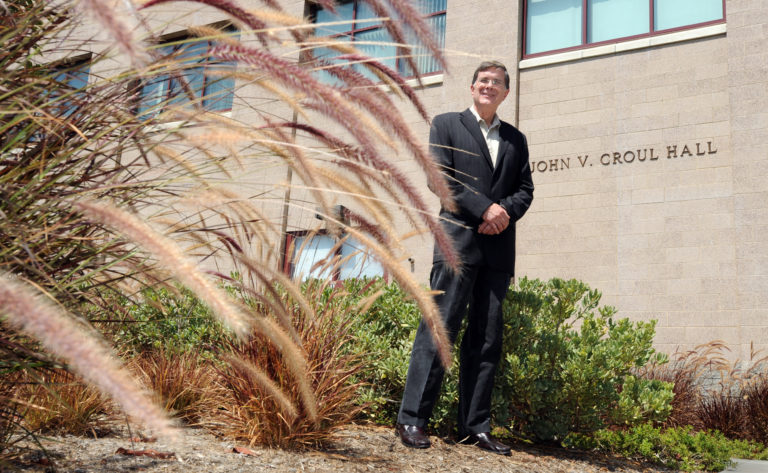
UCI, others see agriculture as major source of increase in atmospheric nitrous oxide
Irvine, Calif., Oct. 8, 2020 – An international team of researchers – including Earth system scientists at the University of California, Irvine – recently completed the most thorough review yet of nitrous oxide from emission to destruction in the planet’s atmosphere. In addition to confirming that the 20 percent increase in the amount of the greenhouse gas since the start of the Industrial Revolution can be totally attributed to humans, the team expressed doubt about the ability to reduce emissions or mitigate their future impacts.
Global food production poses an increasing climate threat
A new study shows that rising nitrous oxide emissions are putting reaching climate goals and the objectives of the Paris Agreement in jeopardy.
UNH Receives NSF Grant to Research Carbon Interactions in Thawing Arctic
The University of New Hampshire will lead research as part of a $1.5 million award from the National Science Foundation to better understand how interactions between plants, microbes and soil minerals in permafrost, a subsurface layer of frozen soil covering a fourth of the Northern Hemisphere, stimulate the release of carbon which adds to the warming Arctic.
Climate-friendly cooling to help ease global warming
A new study shows that coordinated international action on energy-efficient, climate-friendly cooling could avoid as much as 600 billion tonnes CO2 equivalent of greenhouse gas emissions in this century.
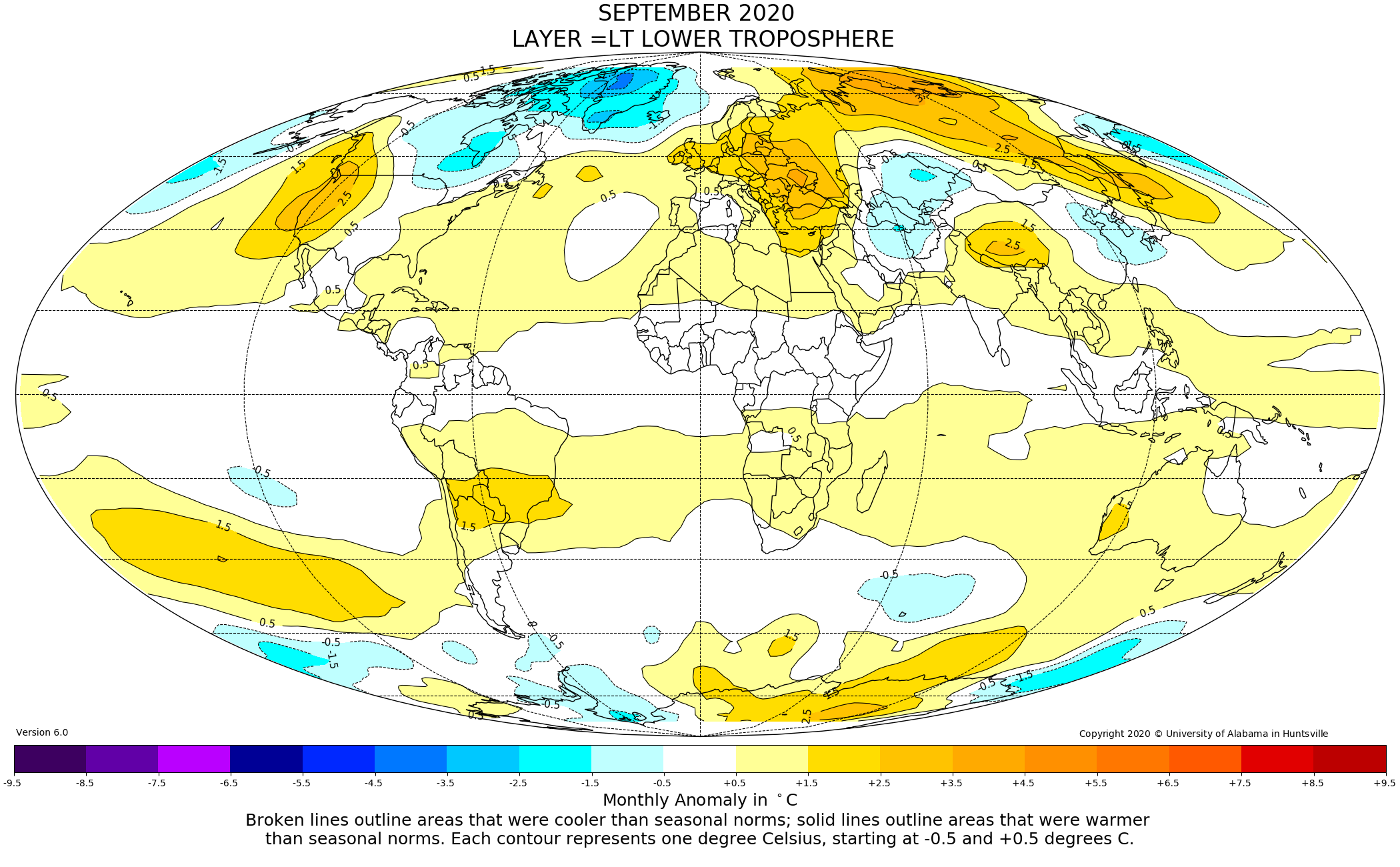
Global climate trend since Dec. 1 1978: +0.14 °C (+0.25 °F) per decade
Global Temperature Report: September 2020
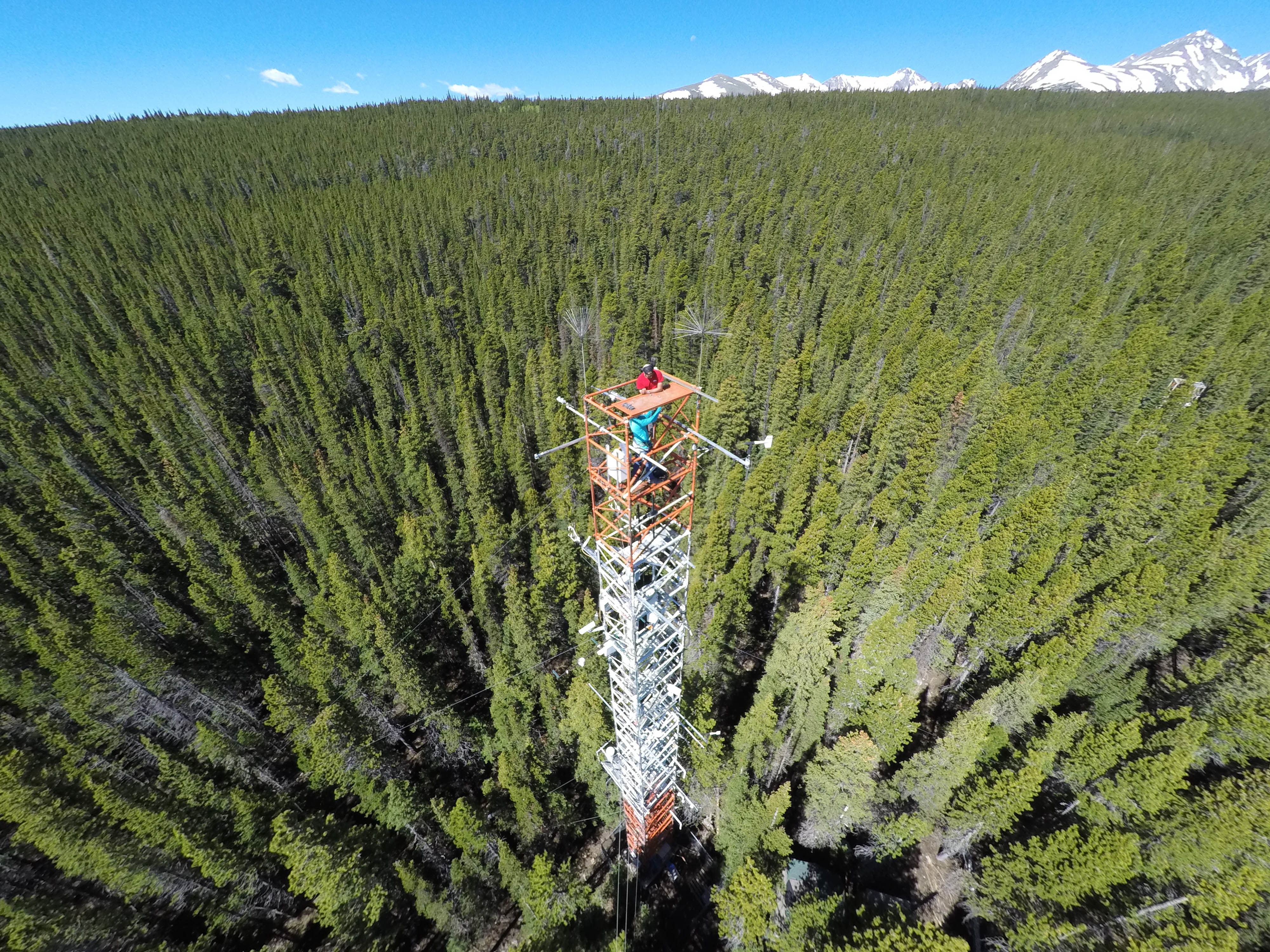
How to Get a Handle on Carbon Dioxide Uptake by Plants
How much carbon dioxide, a pivotal greenhouse gas behind global warming, is absorbed by plants on land? It’s a deceptively complicated question, so a Rutgers-led group of scientists recommends combining two cutting-edge tools to help answer the crucial climate change-related question.
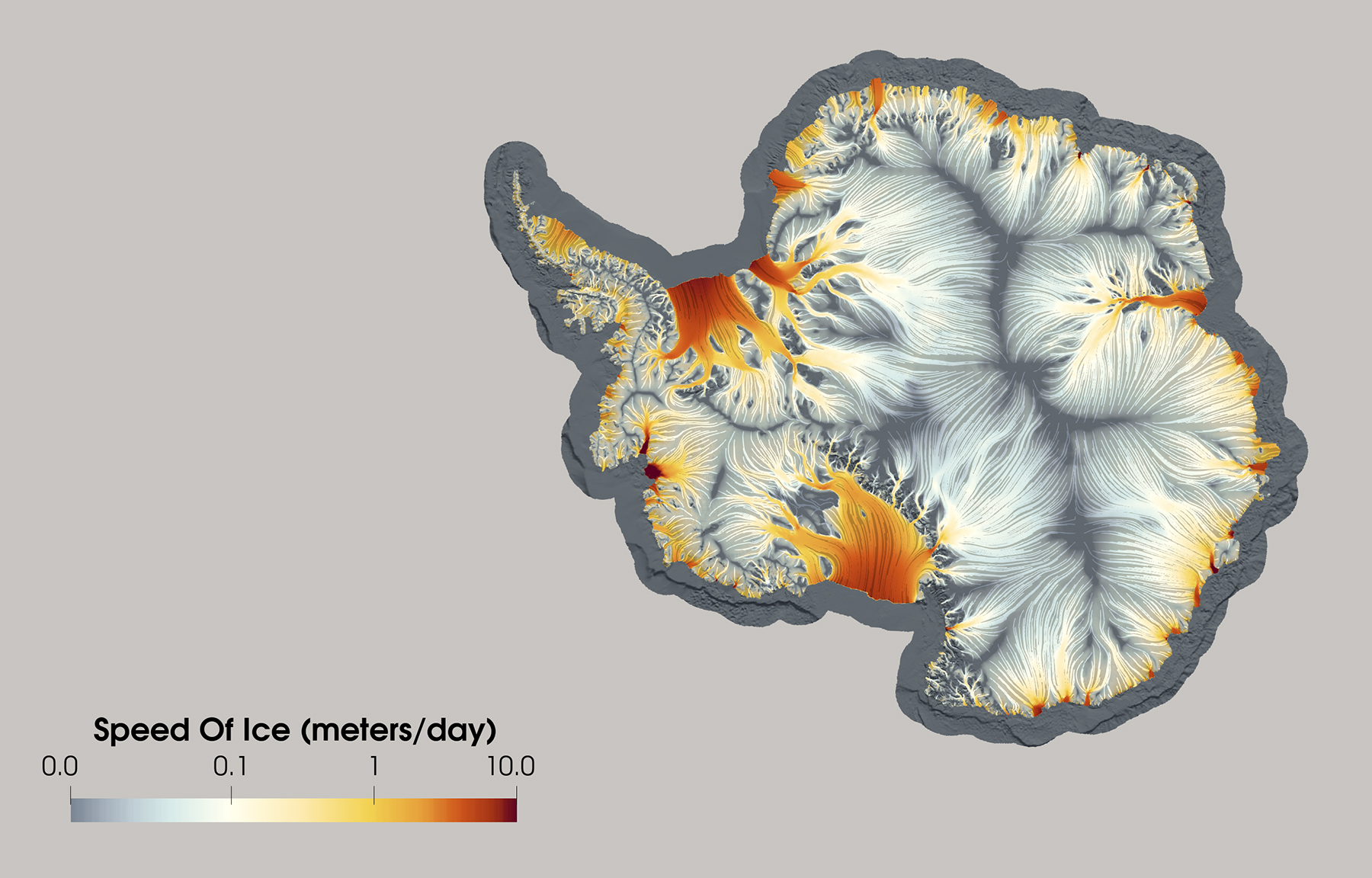
Up to 15 inches of sea-level rise from ice sheets by 2100 predicted by international modeling collaboration
Los Alamos National Laboratory, working with three dozen other institutions from around the world, has helped to create the most accurate prediction of how melting ice in Antarctica and Greenland will contribute to global sea-level rise.
Climate change triggers migration
According to a new study, environmental hazards affect populations worldwide and can drive migration under specific conditions, especially in middle-income and agricultural countries.
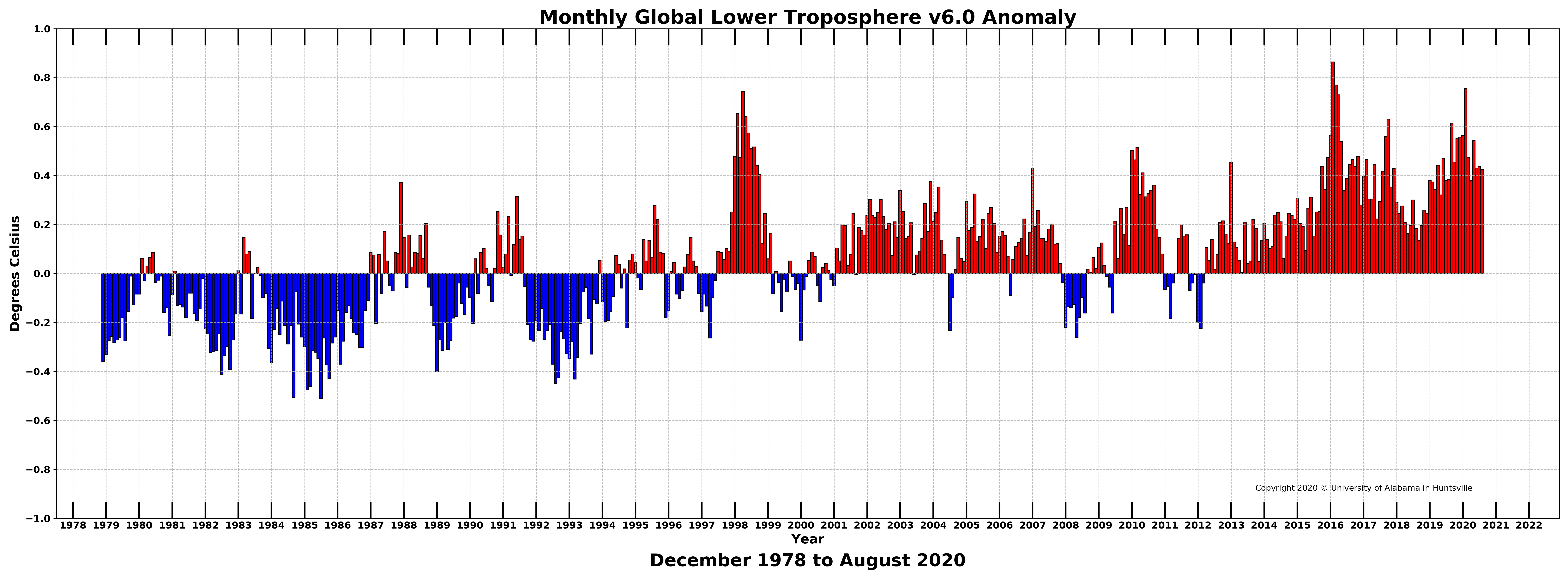
Global climate trend since Dec. 1 1978: +0.14 C per decade
Global Temperature Report: July 2020
Viruses could be harder to kill after adapting to warm environments
Enteroviruses that make their way into surface waters can be inactivated by heat, sunshine and other microbes, reducing their ability to spread disease. But researchers report that global warming could cause viruses to evolve, rendering them less susceptible to these and other disinfectants, such as chlorine.
Fighting the health effects of climate change is the mission for new UCLA center
In response to the escalating health emergency that is already inflicting substantial damage on people in Southern California and around the world, the UCLA Fielding School of Public Health has created the UCLA Center for Healthy Climate Solutions.
Devastating hurricanes could be up to five times more likely in the Caribbean if tougher global warming targets are missed
Global warming is dramatically increasing the risk of extreme hurricanes in the Caribbean, but meeting more ambitious climate change goals could up to halve the likelihood of such disasters in the region, according to new research.

Consideration of both the potential and constraints of reforestation is needed to achieve climate mitigation goals: NUS-led study
A recent study led by NUS researchers showed that practical considerations, beyond where trees could be planted, may limit the climate change mitigation potential of reforestation. Hence, there is a need to understand how these constraints operate to inform climate policies.
Trump rollback of methane regulations ‘dangerously reckless’
The Environmental Protection Agency is expected to adopt new rules this week that would rollback regulations for methane-gas emissions — rescinding requirements that oil and gas companies have systems for detecting methane leaks. Robert Howarth is professor of ecology and…
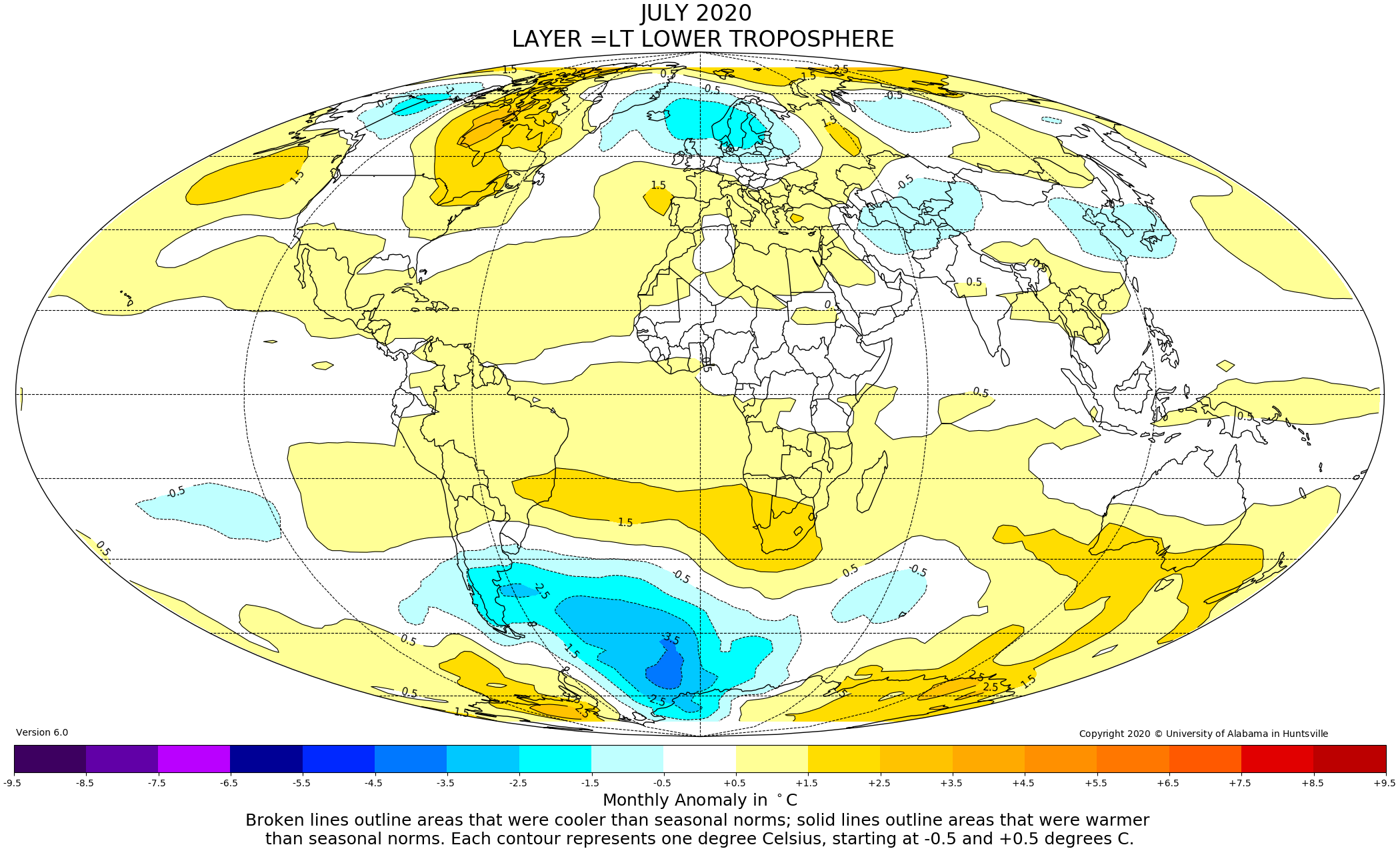
Global climate trend since Dec. 1 1978: +0.14 C per decade
Global Temperature Report: July 2020
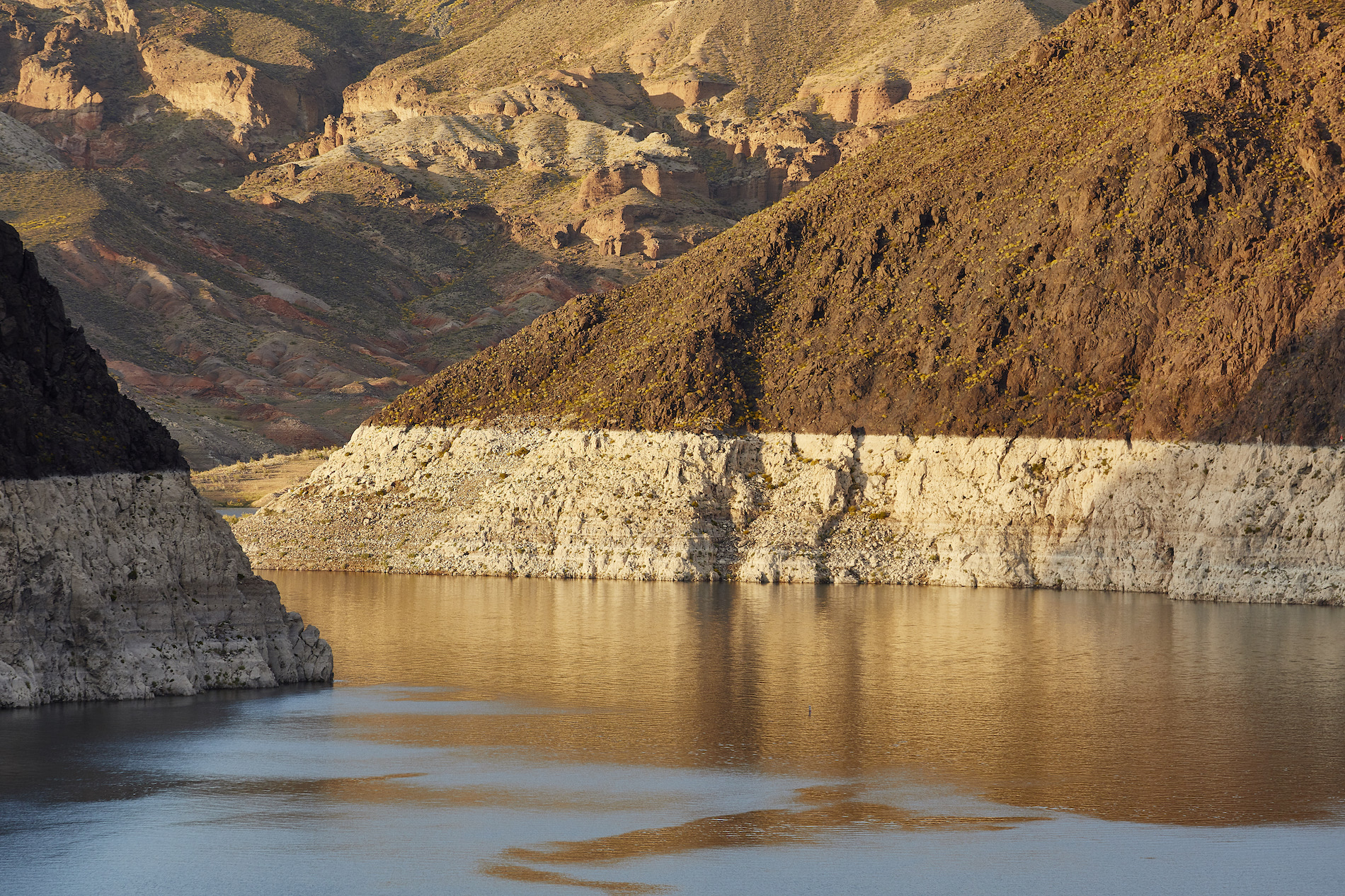
What Happens in Vegas, May Come From the Arctic?
Climate records from a cave in the southern Great Basin show that Nevada was even hotter and drier in the past than it is today, and that one 4,000-year period in particular may represent a true, “worst-case” scenario for the Southwest and the Colorado River Basin — and the millions of people who rely on its water supply.
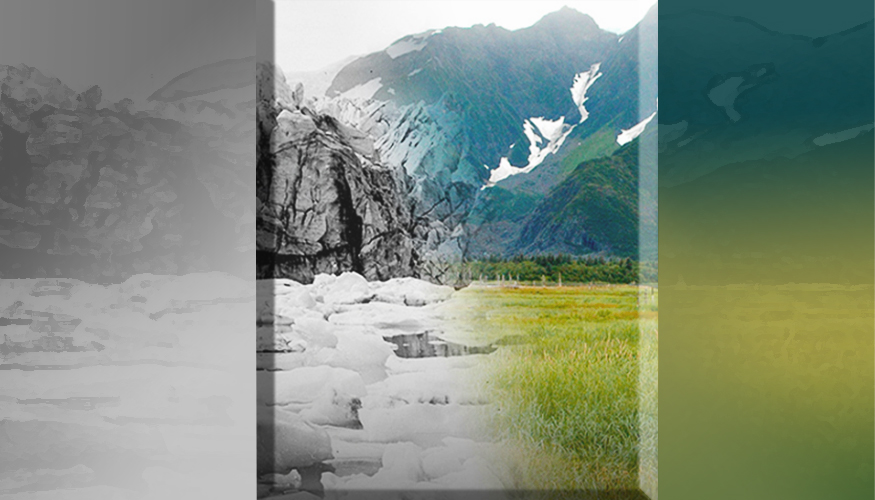
New international analysis narrows the range in sensitivity of climate to CO2
The most advanced and comprehensive analysis of climate sensitivity undertaken has revealed with more confidence than ever how sensitive the Earth’s climate is to carbon dioxide.
This new research finds that the true climate sensitivity is unlikely to be in the lowest part of the 2.7-8.1˚F range. The analysis indicates that if atmospheric carbon dioxide levels double from their pre-industrial levels and are maintained, the world would be likely to experience eventual warming from 4.1-8.1˚F. There would be less than 5 percent chance of staying below 3.6˚F and a 6-18 percent chance of exceeding 8.1˚F.
Free trade can prevent hunger caused by future shifts in climate patterns
International trade can compensate for regional reductions in agricultural production and reduce hunger when protectionist measures and other barriers to trade are eliminated.
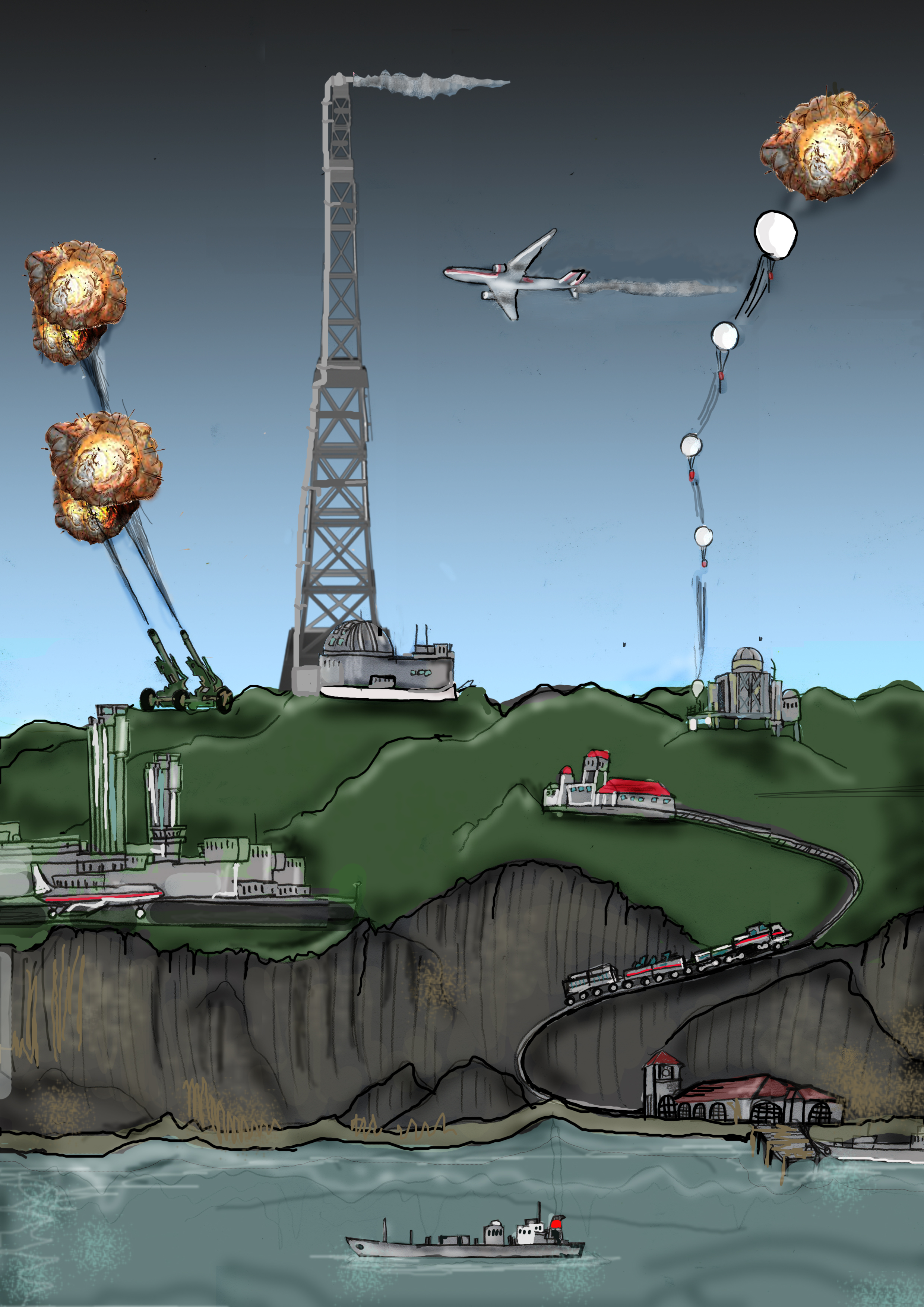
Geoengineering is Just a Partial Solution to Fight Climate Change
Could we create massive sulfuric acid clouds that limit global warming and help meet the 2015 Paris international climate goals, while reducing unintended impacts? Yes, in theory, according to a Rutgers co-authored study in the journal Earth System Dynamics. Spraying sulfur dioxide into the upper atmosphere at different locations, to form sulfuric acid clouds that block some solar radiation, could be adjusted every year to keep global warming at levels set in the Paris goals. Such technology is known as geoengineering or climate intervention.
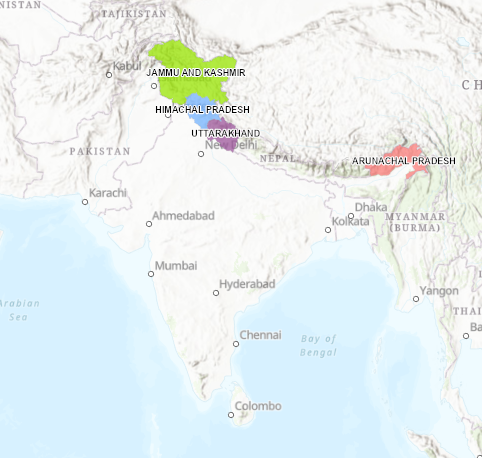
Geoengineering’s Benefits Limited for Apple Crops in India
Geoengineering – spraying sulfur dioxide into the atmosphere to combat global warming – would only temporarily and partially benefit apple production in northern India, according to a Rutgers co-authored study. But abruptly ending geoengineering might lead to total crop failure faster than if geoengineering were not done, according to the study – believed to be the first of its kind – in the journal Climatic Change.